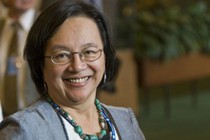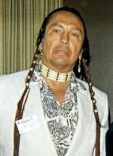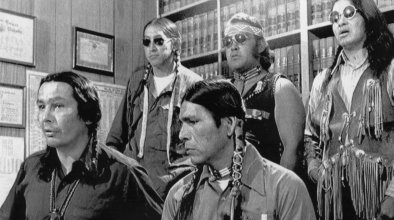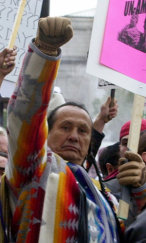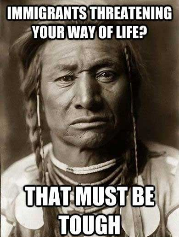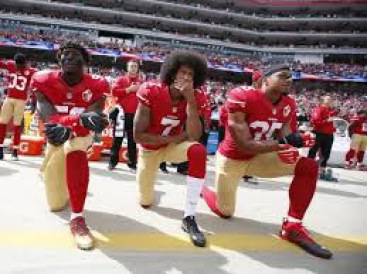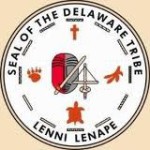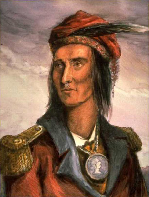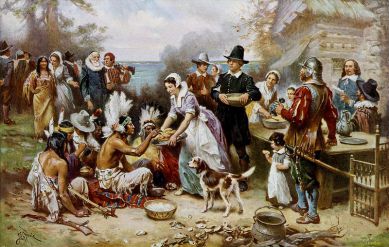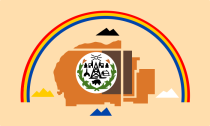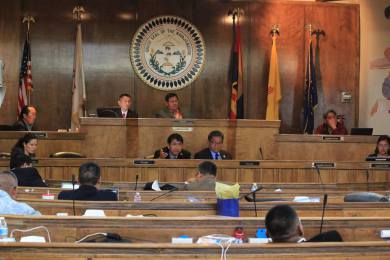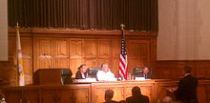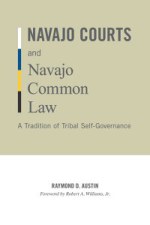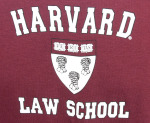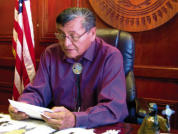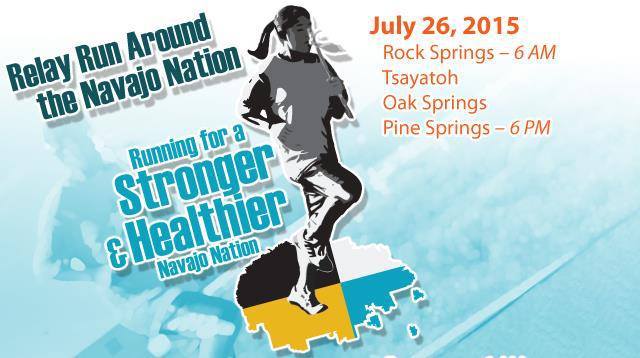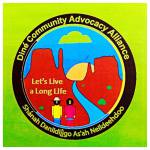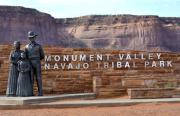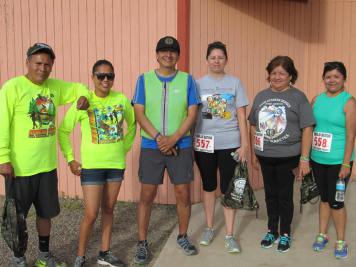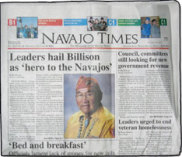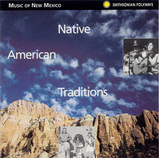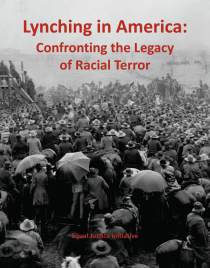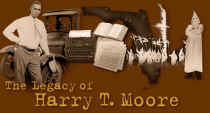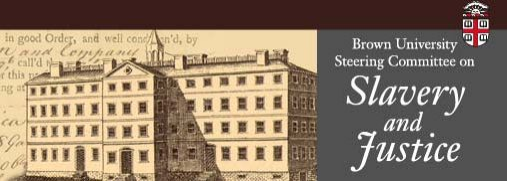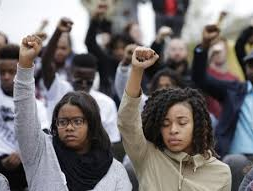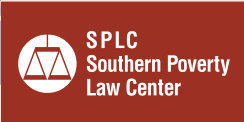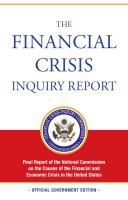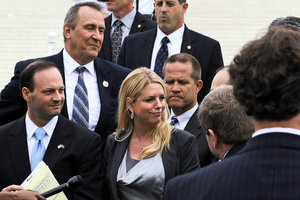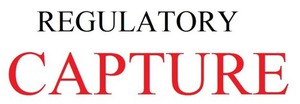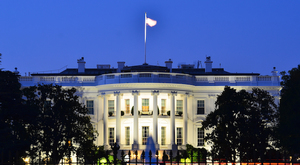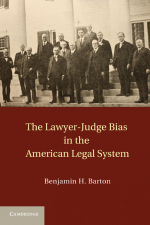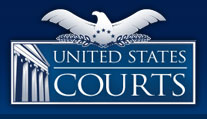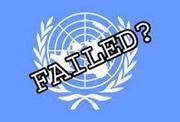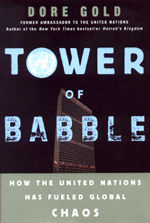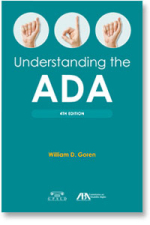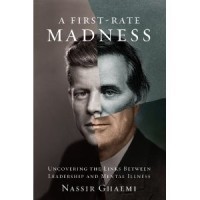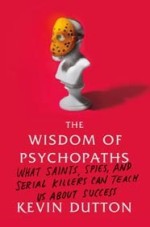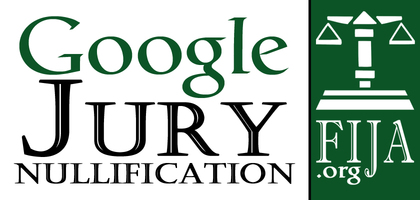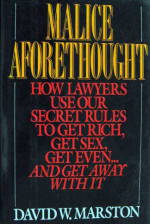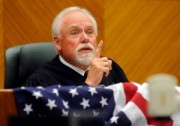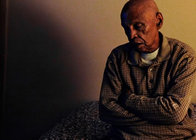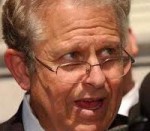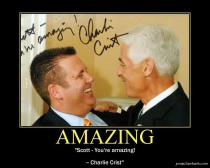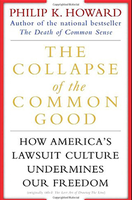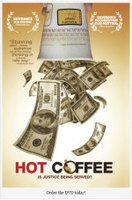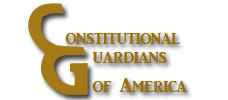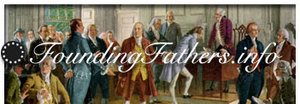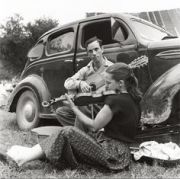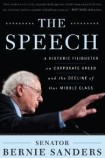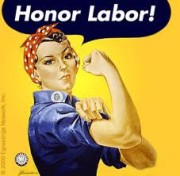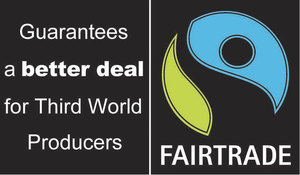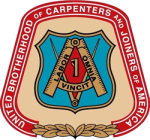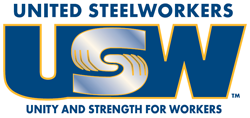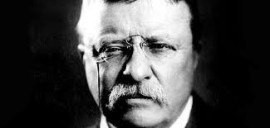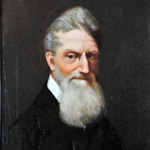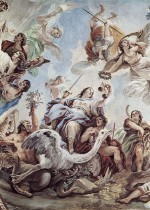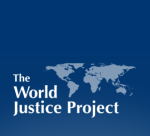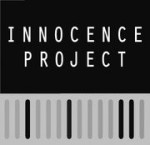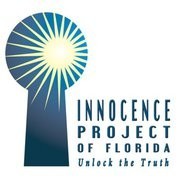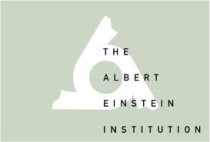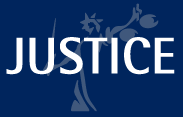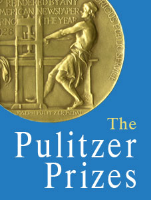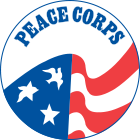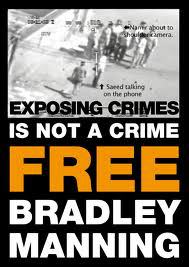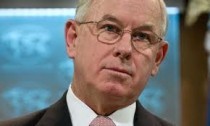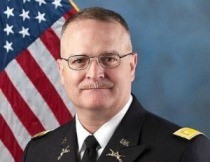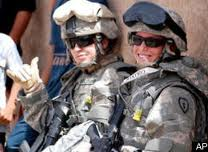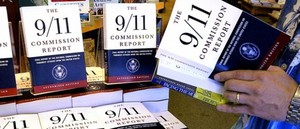Is America a country stolen from Native Americans?
UN Declaration on the Rights of Indigeno[...]
Adobe Acrobat document [56.0 KB]
Yale College Native American Cultural Center
"Our nation was born in genocide when it embraced the doctrine that the original American, the Indian, was an inferior race. Even before there were large numbers of Negroes on our shore, the scar of racial hatred had already disfigured colonial society. From the sixteenth century forward, blood flowed in battles over racial supremacy. We are perhaps the only nation which tried as a matter of national policy to wipe out its indigenous population. Moreover, we elevated that tragic experience into a noble crusade. Indeed, even today we have not permitted ourselves to reject or feel remorse for this shameful episode. Our literature, our films, our drama, our folklore all exalt it. Our children are still taught to respect the violence which reduced a red-skinned people of an earlier culture into a few fragmented groups herded into impoverished reservations." (NACC)
--Dr. Martin Luther King, Jr.
U.N. Special Rapporteur Ms. Victoria Tauli Corpuz
Special Rapporteur on the rights of indigenous peoples
Ms. Victoria Tauli Corpuz
Philippines (2014-)
Indigenous peoples across the world experience the consequences of historical colonization and invasion of their territories, and face discrimination because of their distinct cultures, identities and ways of life. In recent decades, the international community has given special attention to the human rights situations of indigenous peoples, as shown by the adoption of international standards and guidelines, as well as by the establishment of institutions and bodies that specifically target these peoples’ concerns. The rights of indigenous peoples are further promoted by international and regional human rights mechanisms.
(See Indigenous Peoples)
In this context, the Commission on Human Rights decided to appoint in 2001 a Special Rapporteur on the rights of indigenous peoples, as part of the system of thematic Special Procedures. The Special Rapporteur’s mandate was renewed by the Commission on Human Rights in 2004, and by the Human Rights Council in 2007. (See Mandate). Read more
U.N. Probe: U.S. Should Return Stolen Land, Including Mt. Rushmore, to Native Americans
Published on May 11, 2012
DemocracyNow.org - James Anaya, [former] U.N. Special Rapporteur on the Rights of Indigenous Peoples, has conducted the United Nations' first-ever investigation into the plight of Native Americans living in the United States. Anaya's recommendations include advising the U.S. to return some land to Native American tribes, including South Dakota's Black Hills, home to the famous Mt. Rushmore monument. Anaya says such a move would be a step toward addressing systemic discrimination against Native Americans that continues to this day. "The indigenous peoples of this country ... suffer from poverty, poor health conditions, lack of attainment of formal education [and] social ills at rates that far exceed those of other segments of the American population," Anaya says. "These conditions are related to a history of wrongs that they've suffered." Read more
"Unless you're Native American, you came from someplace else" - President Barack Obama
1989 - American Indian Activist Russell Means testifies at Senate Hearing
Russell Means
Wikipedia
Russell Charles Means (November 10, 1939 – October 22, 2012) was an Oglala Lakota activist for the rights of American Indian people, libertarian political activist, actor, writer and musician, who became a prominent member of the American Indian Movement (AIM) after joining the organization in 1968 and helped organize notable events that attracted national and international media coverage.
Means was active in international issues of indigenous peoples, including working with groups in Central and South America and with the United Nations for recognition of their rights. He was active in politics at his native Pine Ridge Indian Reservation and at the state and national level.
Beginning an acting career in 1992, he appeared on numerous television series and in several films, including The Last of the Mohicans and released his own music CD. He published his autobiography Where White Men Fear to Tread in 1995. Means died in 2012, less than a month before his 73rd birthday.
Russell Means: "The Constitution is Indian Law and that's why I Love it."
Russell Means, Who Clashed With Law as He Fought for Indians, Is Dead at 72
Russell Means, Who Clashed With Law as He Fought for Indians, Is Dead at 72
The New York Times
By ROBERT D. McFADDEN
OCT. 22, 2012
Russell C. Means, the charismatic Oglala Sioux who helped revive the warrior image of the American Indian in the 1970s with guerrilla-tactic protests that called attention to the nation’s history of injustices against its indigenous peoples, died on Monday at his ranch in Porcupine, S.D., on the Pine Ridge Indian Reservation. He was 72.
The cause was esophageal cancer, which had spread recently to his tongue, lymph nodes and lungs, said Glenn Morris, Mr. Means’s legal representative. Told in the summer of 2011 that the cancer was inoperable, Mr. Means had already resolved to shun mainstream medical treatments in favor of herbal and other native remedies.
Strapping, and ruggedly handsome in buckskins, with a scarred face, piercing dark eyes and raven braids that dangled to the waist, Mr. Means was, by his own account, a magnet for trouble — addicted to drugs and alcohol in his early years and later arrested repeatedly in violent clashes with rivals and the law. He was tried for abetting a murder, shot several times, stabbed once and imprisoned for a year for rioting.
He styled himself a throwback to ancestors who resisted the westward expansion of the American frontier. With theatrical protests that brought national attention to poverty and discrimination suffered by his people, he became arguably the nation’s best-known Indian since Sitting Bull and Crazy Horse.
But critics, including many Indians, called him a tireless self-promoter who capitalized on his angry-rebel notoriety by running quixotic races for the presidency and the governorship of New Mexico, by acting in dozens of movies — notably in a principal role in "The Last of the Mohicans" (1992) — and by writing and recording music commercially with Indian warrior and heritage themes.
He rose to national attention as a leader of the American Indian Movement in 1970 by directing a band of Indian protesters who seized the Mayflower II ship replica at Plymouth, Mass., on Thanksgiving Day. The boisterous confrontation between Indians and costumed "Pilgrims" attracted network television coverage and made Mr. Means an overnight hero to dissident Indians and sympathetic whites. Read more
White Supremacy and America’s Creation Myth
by Elizabeth Martinez
SOA Watch
Every nation has a creation myth, or origin myth, which is the story people are taught of how the nation came into being. Ours says the United States began with Columbus's so-called "discovery" of America, continued with settlement by brave Pilgrims, won its independence from England with the American Revolution, and then expanded westward until it became the enormous, rich country you see today.
That is the origin myth. It omits three key facts about the birth and growth of the United States as a nation. Those facts demonstrate that White Supremacy is fundamental to the existence of this country.
A. The United States is a nation state created by military conquest in several stages. The first stage was the European seizure of the lands inhabited by indigenous peoples, which they called Turtle Island. Before the European invasion, there were between nine and eighteen million indigenous people in North America. By the end of the Indian Wars, there were about 250,000 in what is now called the United States, and about 123,000 in what is now Canada (source of these population figures from the book _The State of Native America_ ed. by M. Annette Jaimes, South End Press, 1992). That process must be called genocide, and it created the land base of this country. The elimination of indigenous peoples and seizure of their land was the first condition for its existence.
B. The United States could not have developed economically as a nation without enslaved African labor. When agriculture and industry began to grow in the colonial period, a tremendous labor shortage existed. Not enough white workers came from Europe and the European invaders could not put indigenous peoples to work in sufficient numbers. It was enslaved Africans who provided the labor force that made the growth of the United States possible.
That growth peaked from about 1800 to 1860, the period called the Market Revolution. During this period, the United States changed from being an agricultural/commercial economy to an industrial corporate economy. The development of banks, expansion of the credit system, protective tariffs, and new transportation systems all helped make this possible. But the key to the Market Revolution was the export of cotton, and this was made possible by slave labor.
C. The third major piece in the true story of the formation of the United States as a nation was the take-over of half of Mexico by war -- today's Southwest. This enabled the U.S. to expand to the Pacific, and thus open up huge trade with Asia -- markets for export, goods to import and sell in the U.S. It also opened to the U.S. vast mineral wealth in Arizona, agricultural wealth in California, and vast new sources of cheap labor to build railroads and develop the economy.
The United States had already taken over the part of Mexico we call Texas in 1836, then made it a state in 1845. The following year, it invaded Mexico and seized its territory under the 1848 Treaty of Guadalupe Hidalgo. A few years later, in 1853, the U.S. acquired a final chunk of Arizona from Mexico by threatening to renew the war. This completed the territorial boundaries of what is now the United States.
Those were the three foundation stones of the United States as a nation. One more key step was taken in 1898, with the takeover of the Philippines, Puerto Rico, Guam and Cuba by means of the Spanish-American War. Since then, all but Cuba have remained U.S. colonies or neo-colonies, providing new sources of wealth and military power for the United States. The 1898 take-over completed the phase of direct conquest and colonization, which had begun with the murderous theft of Native American lands five centuries before.
Many people in the United States hate to recognize these truths. They prefer the established origin myth. They could be called the Premise Keepers. Read more
- See White privilege Wikipedia
- See White supremacy Wikipedia
what-is-white-supremacy.pdf
Adobe Acrobat document [241.4 KB]
Sardonicky - Observing Indigenous Peoples Day
The Delaware Nation v. Commonwealth of PA et al.
The rule of law and property rights came to America in the 18th and 19th century according to Peruvian economist Hernando DeSoto in the video Property Rights and Prosperity by John Stossel at 7.30 in the video.
But what about the rule of law and property rights of Native Americans, who were here long before?
The Lenape people claim the Walking Purchase of 1737 cheated them of their lands in the Lehigh Valley.
Walking Purchase Wikipedia
The Walking Purchase (or Walking Treaty) was a purported 1737 agreement between the Penn family, the proprietors of Pennsylvania, and the Lenape (also known as the Delaware). By it the Penn family and proprietors claimed an area of 1,200,000 acres (4,860 km²) and forced the Lenape to vacate it. The Lenape appeal to the Iroquois for aid on the issue was refused.
In Delaware Nation v. Pennsylvania (2004), the Delaware nation (one of three federally recognized Lenape tribes) claimed 314 acres (1.27 km2) of land included in the original purchase, but the US District Court granted the Commonwealth's motion to dismiss. It ruled that the case was nonjusticiable, although it acknowledged that Indian title appeared to have been extinguished by fraud. This ruling held through the United States courts of appeals. The US Supreme Court refused to hear the case.
Also see The Delaware Nation v. Commonwealth of Pa., et al., U.S. District Court, Eastern District of Pennsylvania, No. 04-CV-166. The 33 page Memorandum and Order of November 30, 2004 shows a story in fraudulent land title and conveyance by Pennsylvania.
04d0550p.pdf
Adobe Acrobat document [231.4 KB]
Message to John Stossel: The recipe for America’s prosperity was, inter alia, a country and land stolen from Native Americans, and then built with 250+ years of African-American slave labor.
Native Americans in the United States
Native Americans in the United States
Wikipedia
In the United States, Native Americans are considered to be people whose pre-Columbian ancestors were indigenous to the lands within the nation's modern boundaries. These peoples were composed of numerous distinct tribes, bands, and ethnic groups, and many of these groups survive intact today as sovereign nations.
The terms Native Americans use to refer to themselves vary regionally and generationally, with many older Native Americans self-identifying as "Indians" or "American Indians", while younger Native Americans often identify as "Indigenous" or "Aboriginal." Which terms should be used to refer to Native Americans has at times been controversial. The term "Native American" has been adopted by major newspapers and some academic groups, but has not traditionally included Native Hawaiians or certain Alaskan Natives, such as Aleut, Yup'ik, or Inuit peoples. Indigenous American peoples from Canada are known as First Nations.
Native American Indian Chiefs and leaders
Geronimo Documentary
The Battle Of Little Bighorn: Chief Two Moon's Own Words - June 25-26th 1876
The Battle of Little Bighorn - by Rose Williamson (native Crow guide) 2016
One Word Episodes - Native Americans Respond
What Really Happened at the First Thanksgiving? The Wampanoag Side of the Tale
What Really Happened at the First Thanksgiving? The Wampanoag Side of the Tale
The First Thanksgiving was a fact finding party
By Gale Courey Toensing
November 23, 2017
Indian Country
Today
When you hear about the Pilgrims and "the Indians" harmoniously sharing the "first Thanksgiving" meal in 1621, the Indians referred to so generically are the ancestors of the contemporary members of the Wampanoag Nation. As the story commonly goes, the Pilgrims who sailed from England on the Mayflower and landed at what became Plymouth, Massachusetts, in 1620 had a good harvest the next year. So Plymouth Gov. William Bradford organized a feast to celebrate the harvest and invited a group of "Native American allies, including the Wampanoag chief Massasoit" to the party. The feast lasted three days and, according to chronicler Edward Winslow, Bradford sent four men on a "fowling mission" to prepare for the feast and the Wampanoag guests brought five deer to the party. And ever since then, the story goes, Americans have celebrated Thanksgiving on the fourth Thursday of November. Not exactly, Ramona Peters, the Mashpee Wampanoag Tribe’s Tribal Historic Preservation Officer told Indian Country Today Media Network in a conversation on the day before Thanksgiving 2012—391 years since that mythological "first Thanksgiving."
We know what we’re taught in mainstream media and in schools is made up. What’s the Wampanoag version of what happened?
Yeah, it was made up. It was Abraham Lincoln who used the theme of Pilgrims and Indians eating happily together. He was trying to calm things down during the Civil War when people were divided. It was like a nice unity story.
So it was a political thing?
Yes, it was public relations. It’s kind of genius, in a way, to get people to sit down and eat dinner together. Families were divided during the Civil War. Read more
Articles by Gale Courey Toensing
Sardonicky blog - Happy Thanksgiving
The Navajo Nation
Wikipedia
The Navajo Nation (Navajo: Naabeehó Bináhásdzo) is a semi-autonomous Native
American-governed territory covering 27,425 square miles (71,000 km2), occupying portions of northeastern Arizona, southeastern
Utah, and northwestern New Mexico in the United States. It is the largest land area retained by a US Tribe and is managed via agreements with the United States Congress as a sovereign Indian nation.
The Navajo Nation is one of the largest tribal governments of the North American Indian Tribes. Its institutions include a judicial system, a legislative house, an executive office, a large law enforcement and social service apparatus, Health Services, Diné College and other local educational trusts. read more
- Link to Navajo Nation Email schedule of events
The Judicial Branch of the Navajo Nation
Supreme Court of the Navajo Nation Wikipedia
The Supreme Court of the Navajo Nation is the highest judicial Native American authority of the Navajo Nation, the largest American Indian nation in the United States. According to Harvard Law School, "the judicial system of the Navajo Nation is the most active tribal judicial system in the United States, with a case load that rivals, and in some instances exceeds, many municipal, county, and state judicial systems."[1] Read more
Navajo Nation Supreme Court Allen Sloan designated Acting Chief Justice
The Honorable Allen Sloan has been designated the Acting Chief Justice of the Navajo Nation Supreme Court by Resolution No. LOCJY-06-15. Legislation was passed on July 27, 2015 by the Law and Order Committee. Read more
Navajo high court says voters will choose president Tuesday, AP
Navajo Nation Council - Joint statement onSupreme Court ruling
Navajo Times: Navajo Supreme Court orders election to be held
Navajo Nation Supreme Court Chief Justice Herb
Yazzie Statement re Retirement Turtle Talk
by Matthew L.M. Fletcher
Posted on May 15, 2015
Statement from Navajo Nation Chief Justice Herb Yazzie
"After forty years working in the legal profession for the Diné and with thirty years working in Navajo Nation government, with a stint as Attorney General and more recently as Chief Justice, I will be retiring. My retirement decision has long been urged by my family, relatives and community out of concern for my well-being. For the past ten years, I have been part of a Court that has had to make hard decisions often involving ruptures in relationships that, according to our deeply held principles of k’é, should properly be the responsibility of a better and more traditional system to patiently restore. I have decided now, with full consultation with my elders, to heed their advice." Read more
Navajo Courts and Navajo Common Law
A Tradition of Tribal Self-Governance
2009 • Author: Raymond D. Austin
Foreword by Robert A. Williams, Jr.
The only book on the world’s largest tribal court system and Navajo common law
The Navajo Nation court system is the largest tribal legal system in the world. Justice Raymond D. Austin considers the history and implications of how the Navajo Nation courts apply foundational Navajo doctrines to modern legal issues. In addition to detailed case studies, Justice Austin provides a broad view of tribal law, outlining how other indigenous peoples can draw on traditional precepts to control their own futures. Read more
Law School To Host Session of Navajo Nation Supreme Court
HARVARD GAZETTE ARCHIVES
January 28, 1999
In a first for Harvard, the Law School will host a session of the Navajo Nation Supreme Court on Saturday, Feb. 6. The case, pitting Indian activist and actor Russell Means against the Navajo Nation, has the potential to result in a landmark decision and could go to the U.S. Supreme Court.
Navajo Nation imposes 2 percent tax on junk food
Navajo Nation imposes 2 percent
tax on junk food
Al Jazeera America News DAILY
May 12, 2015
The Healthy Dine Nation Act of 2014 is the first of its kind in the US. Eighty percent of food sold on the Navajo Nation is high in fat and sugar. The lack of fresh fruit and vegtables, and full service grocery stores, result in a food desert.
USDA website: Food deserts are defined as urban neighborhoods and rural towns without ready access to fresh, healthy, and affordable food. Instead of supermarkets and grocery stores, these communities may have no food access or are served only by fast food restaurants and convenience stores that offer few healthy, affordable food options. The lack of access contributes to a poor diet and can lead to higher levels of obesity and other diet-related diseases, such as diabetes and heart disease.
The Navajo Nation's Tax On Junk Food Splits
Reservation
National Public Radio - NPR
By Laurel Morales
April 8, 2015
This month, the Navajo Nation did something that no other tribe has successfully done and only Berkeley, Calif., has passed something similar: taxing junk food and soda.
It is an attempt by Navajo leaders to trim obesity rates that are almost three times the national average. But half of the tribe is unemployed and say they can't afford more expensive food.
Stacey Jensen picks onions from his greenhouse at North Leupp Family Farms. The Navajo Nation hopes to to put the money generated from the tax into community farms like
this one.
Stacey Jensen picks onions from his greenhouse at North Leupp Family Farms. The Navajo Nation hopes to to put the money generated from the tax into community farms like this one.
"To be honest, it's not going to be a good thing 'cause mostly everyone loves that around here," says Harriet Benally, who will now be charged an extra 2 percent tax for her Funyuns' chips and soda. "It's like where all their money goes and food stamp."
It's where Norman Bryant Begay's food stamps go until they run out.
"I have to bum around like, you know, panhandle," he says. "That's what I do right now."
Begay is unemployed and, like half the tribe, lives below the federal poverty level.
"I don't want to be going around to people's houses asking for food, you know?" he says. "That's not good."
The tribe has given people an incentive to buy fresh fruits and vegetables by removing a 5 percent sales tax on those items. One in three Navajo people suffers from diabetes, according to the Indian Health Service.
"I would like to see more fresh fruits and vegetables out there, more options, like the store here it's not often that you see much of a variety," says Jerri Yazzie, a tribal member who teaches families how to eat better.
A recent survey found 80 percent of the Navajo grocery stores' inventory qualified as junk food — that's food with little to no nutritional value. The U.S. Department of Agriculture has labeled the entire Navajo Nation a "food desert," because of the lack of healthy foods. The rural reservation is the size of West Virginia with only 10 grocery stores. Many people rely on convenience stores and fast food restaurants.
People drive off the reservation to go to a decent grocery store, says Denisa Livingston, a spokeswoman for the Diné Community Advocacy Alliance, a grassroots group that pushed for the tax.
"When people have to drive that many miles across the Navajo Nation in this food desert, it definitely is discouraging because healthy fresh fruits and vegetables and healthy foods will not last a very long time when you have to take it back hundreds of miles across the Navajo Nation," she says.
The tribe hopes to generate $2 to $3 million a year from the junk food tax. And they plan to spend much of the money on farm initiatives like this one in Leupp, Arizona.
Navajo people have traditionally lived off the land, says Stacey Jensen, who runs the North Leupp Family Farms, as he picks onions in his wind-rattled greenhouse.
"When I was younger I followed my flock of sheep around here so I herded sheep here," he says. "We had our livestock and then had the corn fields, as well as jackrabbits and cottontails."
Beginning April 1, all sugary beverages and food of "minimal-to-no nutritional value" sold on the Navajo reservation will incur an additional 2-cent tax.
Jensen has helped about 30 families return to subsistence farming and eat healthier foods.
"Just seeing the folks having a hard time with illness because of the lack of food, the lack of good food, that keeps me coming out here and doing this," he says.
Jensen hopes his farm and the revenue raised from the junk food tax will encourage more farmers like him throughout the Navajo Nation. Read more
Navajo Nation Imposes 2% Tax On Junk Food To Fight Diabetes:
Will States Follow? Medical Daily
By Susan Scutti
March 27, 2015
Next month the Navajo Nation will begin to impose a sales tax on junk food. President Ben Shelly signed the Healthy Dine Nation Act of 2014, mandating a two percent tax on gross receipts for all "minimal-to-no-nutritional value food items" sold. The act, which expires in 2020, trails a spring 2014 amendment to the Navajo Nation Code, which removed a five percent sales tax on fresh fruits and vegetable. read more
New York Daily News: Navajo Nation will impose first junk food tax in country to fight health problems
Navajo Times Editor wins leadership award Navajo
Times
By Cindy Yurth
Tséyi' Bureau
WINDOW ROCK
Nov. 7, 2013
Navajo Times Editor Candace Begody has been named one of the 40 outstanding Native American leaders under 40 years old by the National Center for American Indian
Enterprise Development.
With 39 other young Native leaders from across the country - including a 27-year-old who is vice president of his tribe -- she claimed the "40 under 40" award at NCAIED's 38th Annual Indian Progress In Business Awards Gala held at RES Arizona Oct. 24 at the Wild Horse Pass Hotel & Casino in Chandler, Ariz.
Fellow Diné Carlyle Begay, recently appointed to fill the unexpired Arizona state senate term of Jack C. Jackson Jr., was the master of ceremonies. At age 25, Begody is the youngest-ever editor of the Times and the first woman to edit the tribe's weekly newspaper. "I'm just very humbled," said Begody, who is Tsenj’kin’ born for To'dich'’inii and hails from Cross Canyon, Ariz. "I like to think that these awards show me I'm on the right path to my purpose in life."
Wikipedia
The Navajo Times – known during the early 1980s as Navajo Times Today – is a newspaper created by the Navajo Tribal Council in 1959; in 1982 it was the first daily newspaper owned and published by a Native American Indian
Nation. Now financially independent, it is published in English; its headquarters is located in Window Rock, Arizona.
Over the past half century, its editorial staff has continually faced challenges for editorial control from political leaders and opponents. In 1987 the tribal
government shut down the publication and fired its entire staff. Under the leadership of Tom Arviso, Jr. as editor since 1988, and publisher since 1993, the newspaper has worked to maintain and
promote freedom of the press.
In 2004 the newspaper established financial independence from the tribal council. It is published by the Navajo Times Publishing Company; Arviso is CEO. The newspaper is
exploring the use of more Navajo language in its publications, including online. The current editor-in-chief is Candace Begody. read more
Music of New Mexico: Native American Traditions Various Artists SFW40408
This portrait of Pueblo, Navajo, and Mescalero Apache music from New Mexico (recorded in 1992) reveals a remarkable breadth of Native American song, from a traditional San Juan Pueblo Cloud Dance song to modern Navajo songs. 68 minutes. Produced by Howard Bass. Annotated by Edward Wapp Wahpeconiah. "The purpose, phrasing, and structure of these tribal pieces are often unique, intricate, and powerfully evocative." — Washington Post.
Liner Notes Music of New Mexico Native A[...]
Adobe Acrobat document [4.9 MB]



